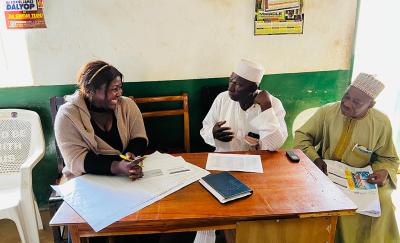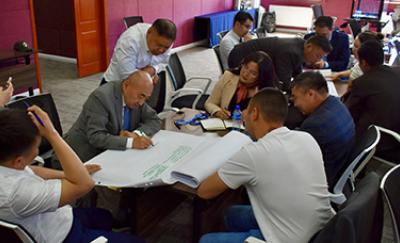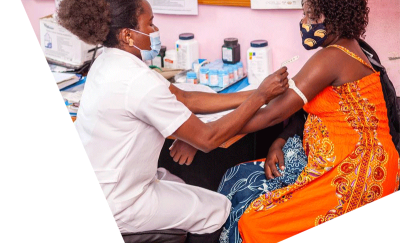Ten Steps to Greater Equality in Global Climate Finance
The following are 10 steps to creating a pipeline of knowledge and financing between SIDS and climate finance.
1. Recognize the global leadership of SIDS in adapting to climate change through innovative solutions. Ensure a central role for SIDS in determining and allocating adaptation finance and promoting climate finance architecture reform and restructuring by increasing SIDS leadership in global climate change finance institutions, international finance negotiations, and governing boards.
2. Support long-term and inclusive national adaptation investment plans on SIDS. Ten years after the United Nations Framework Convention on Climate Change’S (UNFCCC) decision to support the development of National Adaptation Plans (NAPs), only eight SIDS (out of 38) have submitted their NAP. Access to finance, both for the formulation and the implementation of NAPs, is an overriding concern and determining factor for addressing all other adaptation needs.
3. Prioritize SIDS at the project selection stage. Research has found SIDS and other developing states receive smaller allocations of adaptation finance from bilateral donors than other countries. Targeted prioritization and support for SIDS in the project preparation process could reverse this trend.
4. Include women and young leaders from SIDS in climate policy, action, financing, and leadership. Women researchers, policy makers, and women-led organizations face additional barriers to climate policy leadership positions and finance mechanisms. Overcoming this means embedding a SIDS-focused, gender-equitable approach across NAPs, climate finance governance structures, and information dissemination.
5. Invest in capacity development to access and manage climate-related funds. Local institutions face hurdles to meeting funding requirements, including insufficient human resource support and the rigidity of current approaches biased in favor of governments and against non-traditional actors such as local enterprises, community-based organizations, and grassroots organizations.









